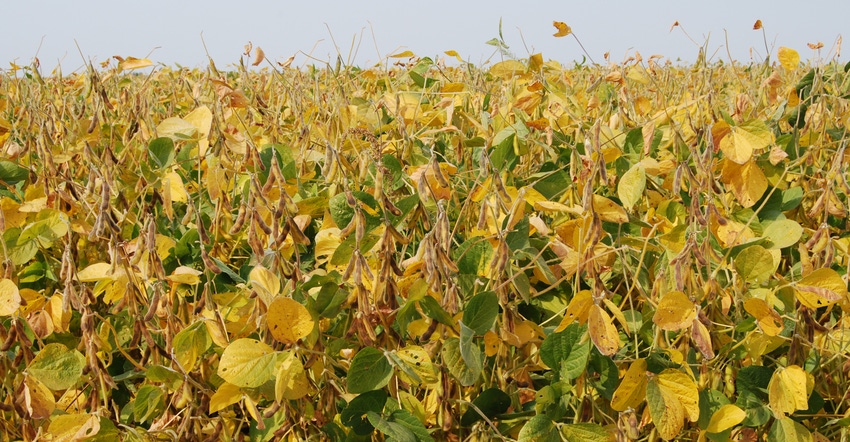
More conventional producers are converting farmland to organic production, according to the Final Organic & non-GMO Acreage Report from Mercaris, released earlier this spring.
Although harvested acres per operation were down in 2019 – given the historically wet bout of weather all farmers suffered last year – the total number of certified organic operations increased by 14%, for a total unprecedented footprint of 4.3 million harvested crop acres, according to Ryan Koory, Mercaris’ director of economics.
“We saw reduced production last year, but those losses were more than offset by overall growth in the organic industry,” he says.
Koory says the premium for organic row crops has held firm through the latest downturn in commodity prices. For example, a snapshot of organic grain prices in late February showed an average $8.86 per bushel for organic feed-grade corn, and $19.90 per bushel for organic feed-grade soybeans.
“Organic prices continue to hold up,” he says. “They are somewhat insulated from some of the factors that have recently hurt conventional prices.”
Regionally, a band of northern states from Minnesota to New York have represented a historical stronghold for organic crop production. But in recent years, acreage has spread further south and west into parts of the “prime conventional Corn Belt” and High Plains: “We’re seeing growth in a variety of places,” Koory notes.
For example, Iowa now ranks 10th among all states, with 135,402 organic acres last year. Nebraska wasn’t far behind, clocking 129,478 acres. And the other “I” states (Illinois and Indiana) continue to make inroads, with 65,550 acres and 44,229 acres, respectively. California continues to outpace all other states, with 763,089 acres.
Oftentimes, farmers experiment with “co-production” of both organic and conventional acres as a diversification strategy, as well as to gain confidence in exploring new production styles.
“A lot of farmers will begin with organic production of 10% or 20% of their total acres to see what those risks look like,” Koory says.
The three-year transition period to organic production remains the largest challenge, Koory says. Farmers must often navigate different weed and pest management strategies. Yields suffer if the details aren’t managed carefully.
“But once you get there, you really start to see the payoff, and it very much pays for itself in the long run,” he adds.
With the anomalous 2019 growing season now in the rearview mirror, Koory says the trend of organic acres this year should continue on an upward trajectory.
“We had issues last year that limited acres, but if we see a better year in 2020, we’re setting ourselves up for a much bigger harvest,” he says.
Click here to learn more about the latest state-by-state organic acreage data from Mercaris.
About the Author(s)
You May Also Like






